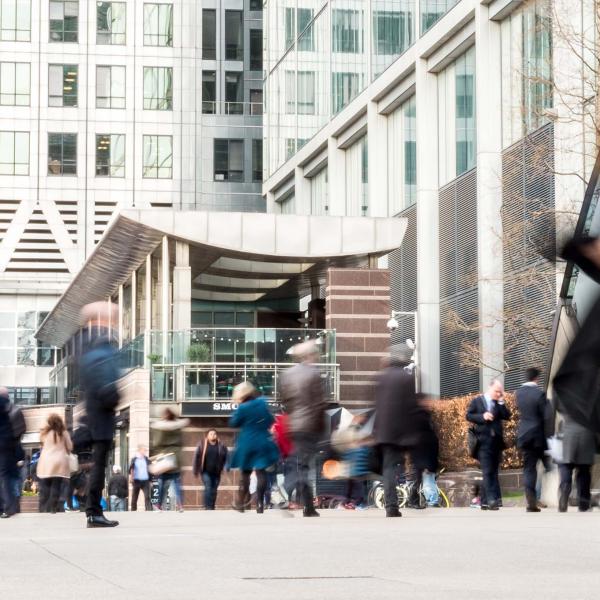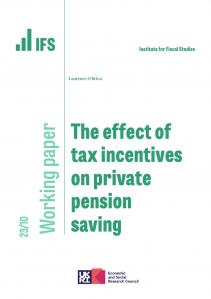Neither big pay rises, nor paying off the mortgage, nor increased tax incentives result in employees increasing their retirement saving. Fewer than one-in-a-hundred private sector employees actively increase their pension contribution rate in response to a 10% pay rise. Even for employees aged 50–59, there is no relationship between increases in pay and changes in the fraction of their pay they choose to contribute to a pension.
This means many older employees in particular are missing out on an opportunity to boost retirement income at a point when their disposable income is likely to be high and spending commitments relatively low (with many having paid off their mortgage and/or no longer incurring expensive childcare costs).
These are some of the findings of new IFS research, funded by the Nuffield Foundation as part of a series of reports in the project “Pension saving over the lifecycle”. This work is released in advance of the event “What drives how much workers are saving in their pensions?” to be held on the 8th March.
The report also finds:
- There is little evidence of people increasing their pension contribution rates by a significant amount upon paying off a mortgage. The average increase in pension contributions over the course of two years is not significantly different between those employees who have paid off their mortgage and those who continue to make mortgage repayments.
- Nor does a child leaving home affect pension contributions, despite this often being a point at which spending commitments fall. On the other hand, there is evidence that some employees tend to reduce their pension contribution rates after the arrival of a first child, when spending pressures increase, although even then the magnitude of this effect is modest.
The incentive to save in a pension increases for most people upon becoming a higher-rate taxpayer. This is because each pound saved in a pension saves 40p of income tax today for higher-rate taxpayers, compared with just 20p for basic-rate taxpayers. Despite this:
- Since the introduction of automatic enrolment in 2012, we find no significant increase in pension participation or contribution rates among employees at the point when they become higher-rate taxpayers.
Laurence O’Brien, a Research Economist at IFS and an author of the report, said:
‘Many employees might baulk at the idea of devoting more of their pay cheque to their pension in today’s high-inflation environment. But when people do have extra cash available, either because of a pay rise, paying off their mortgage or their children leaving home, very few employees put any of this extra cash into their pension. Given concerns that many private sector employees are at risk of undersaving for retirement, a natural question is whether changes to public policy could help them increase their pension saving when it makes more financial sense to do so. For example, higher default employee pension contribution rates at higher levels of earnings, particularly above the higher-rate threshold, or at older ages could help many make better saving decisions.’








